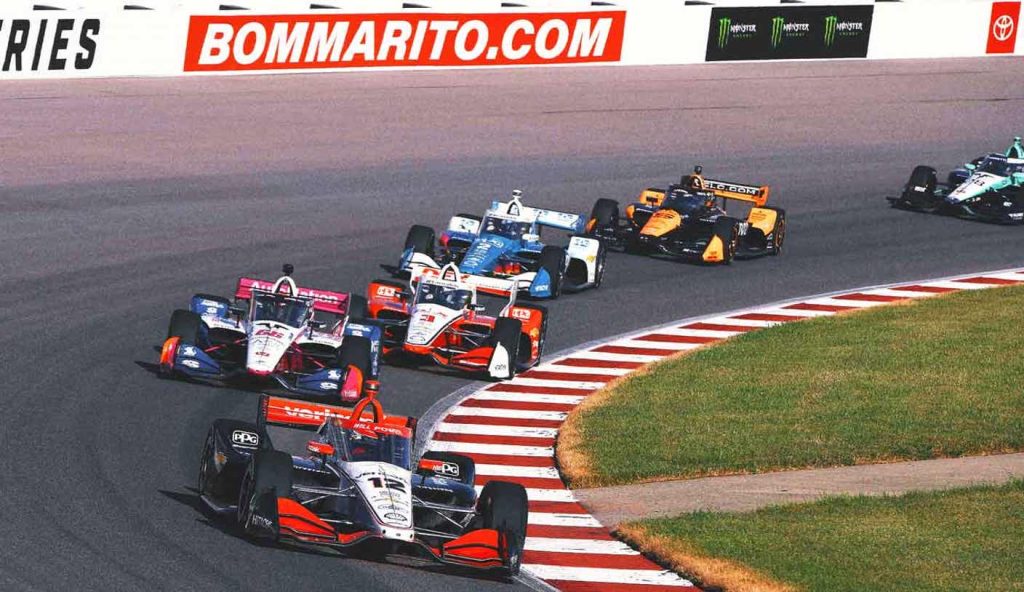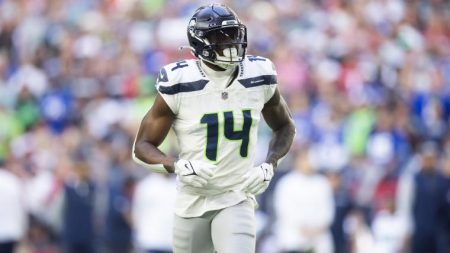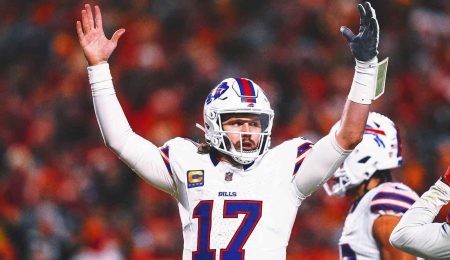The Legacy of the IndyCar Series
The NTT IndyCar Series, one of the premier open-wheel racing championships in the world, has a rich and storied history that spans over a century. Since its inception in 1909, the series has seen countless champions who have captivated audiences with their skill, speed, and resilience. Each season, drivers from around the globe battle it out to claim the prestigious title of national champion, a testament to the enduring appeal and competitiveness of the sport.
Champions of the Modern Era
In the modern era, which began in 2008, the IndyCar Series has been dominated by a select few drivers who have consistently pushed the boundaries of performance. Alex Palou, a driver for the Ganassi Racing team, has emerged as a formidable force, securing the championship in 2021, 2023, and 2024. His ability to consistently perform under pressure and his strategic acumen have made him a fan favorite. Scott Dixon, another Ganassi Racing driver, is a five-time champion (2008, 2013, 2015, 2018, 2020), known for his consistency and tactical brilliance. Will Power, driving for Team Penske, added to the team’s legacy by winning the championship in 2014 and 2022. The series has also seen the rise and fall of other notable drivers like Josef Newgarden (2017, 2019), Simon Pagenaud (2016), and Ryan Hunter-Reay (2012).
The Dual Sanctioning Era
The period from 1996 to 2007 was marked by a split in the open-wheel racing community, with the Indy Racing League (IRL) and CART/CHAMP CAR running separate championships. The IRL saw a rotation of champions, including Dario Franchitti, who won three consecutive titles from 2007 to 2009. Sam Hornish Jr. and Tony Kanaan also made their mark during this period, with Hornish winning in 2001 and 2002, and Kanaan taking the title in 2004. On the CART/CHAMP CAR side, Sebastien Bourdais was the standout driver, securing four consecutive championships from 2004 to 2007. Other notable champions included Paul Tracy, Gil de Ferran, and Juan Montoya, who won in 1999 and 2000, respectively.
The CART Era
The Championship Auto Racing Teams (CART) era, which lasted from 1979 to 1995, produced some of the most iconic champions in open-wheel racing history. Jacques Villeneuve, Al Unser Jr., and Nigel Mansell were among the dominant figures during this period. Villeneuve, who won in 1995, later went on to win the Formula One World Championship. Al Unser Jr. secured back-to-back titles in 1990 and 1994, while Nigel Mansell, a Formula One champion, brought his European expertise to American racing, winning in 1993. Other notable champions included Bobby Rahal, who won three times (1986, 1987, 1992), and Emerson Fittipaldi, who claimed the title in 1989.
The USAC Era
The United States Auto Club (USAC) era, from 1956 to 1978, was characterized by the dominance of legendary drivers like A.J. Foyt, Mario Andretti, and Al Unser. Foyt, one of the most celebrated drivers in the history of the sport, won four championships (1961, 1964, 1967, 1975), showcasing his versatility and skill. Mario Andretti, another multi-talented driver, secured titles in 1969 and 1984, and Al Unser won in 1970 and 1985. Other notable champions included Danny Sullivan (1988), Tom Sneva (1977, 1978), and Bobby Unser (1968, 1975). This era laid the foundation for many of the traditions and rivalries that continue to define the sport today.
The AAA Era and Beyond
The earliest chapter in IndyCar racing history, the American Automobile Association (AAA) era, from 1909 to 1955, is a testament to the sport’s roots and early heroes. Drivers like Ray Harroun, who won the inaugural Indianapolis 500 in 1911, and A.J. Foyt, who won his first championship in 1961, are forever etched in the annals of the sport. The AAA era saw a diverse array of champions, including Jimmy Bryan, who won in 1954 and 1957, and Sam Hanks, who claimed the title in 1953. The period also included several championships that were interrupted by World War II, with no races held from 1942 to 1945. Despite the challenges, this era set the stage for the rapid evolution of open-wheel racing in the decades that followed.
The NTT IndyCar Series continues to evolve, building on the legacy of these champions and the rich history of the sport. Each season brings new challenges and opportunities, ensuring that the thrill of high-speed competition remains a cornerstone of American motorsports.











